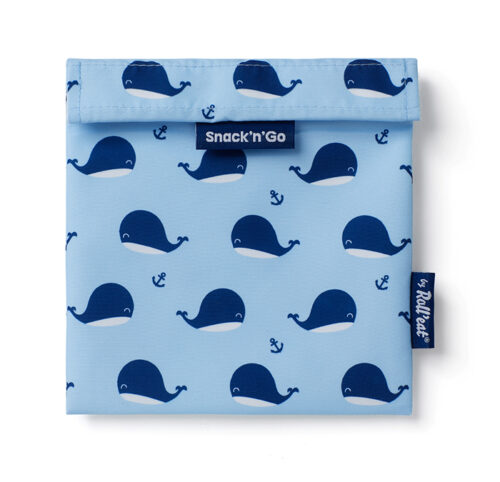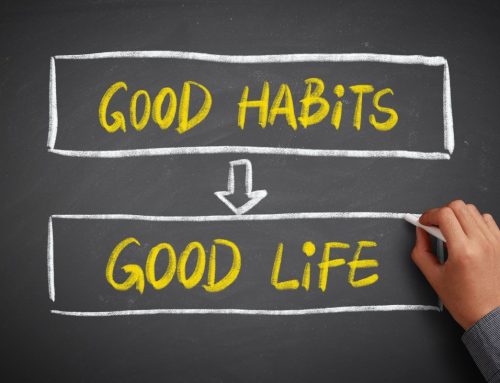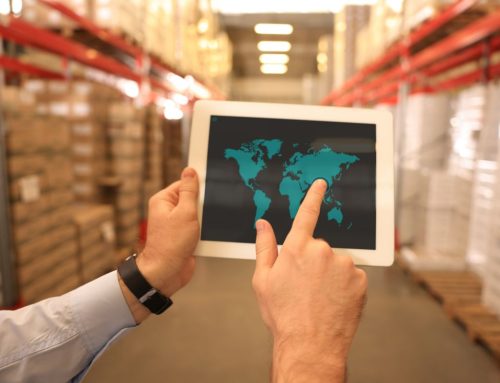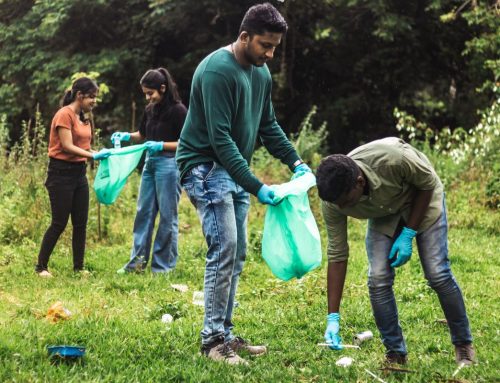Plastic bags pollution is a major environmental issue. There are everywhere in our lives, used for shopping, storing things, and more. But they come with a big problem: they don’t break down and stick around for hundreds of years, causing a lot of harm to our environment. They end up in landfills and oceans, hurting wildlife. Sea animals mistake them for food, which can be deadly, causing starvation or other health issues. Animals also get tangled in them, leading to injuries or even drowning.
Reducing plastic bags pollution
Because of this, many places are trying to cut down on plastic bag use. Some have banned them or put fees on them. Stores are asking people to use reusable bags instead. Small changes in our habits can make a big difference in protecting our planet and the animals that live here.
Plastic bag’s persistence, harmful effects on wildlife, contribution to climate change, and visual pollution collectively emphasize the urgent need to address their usage and disposal.
Roll’eat has the solution
Efforts to reduce the use of plastic bags include the use of reusable bags, the implementation of plastic bag bans or fees, and the development of biodegradable or compostable alternatives. These measures are intended to reduce the environmental effects caused using plastic bags.
Reusable sandwich wrappers and snack bags
At Roll’eat, our goal is to promote sustainability by providing reusable solutions. We offer reusable sandwich wrappers and reusable snack pouches to eliminate the need for disposable packaging. Our products are designed to be durable, convenient, and eco-friendly, helping you to replace single-use plastic bags with reusable alternatives.
Join us in reducing waste and contributing to a healthier planet by choosing our reusable sandwich wrappers and snack bags for your everyday needs.
The effects of the plastic bags pollution in the environment
Environmental impact of plastic bags
Plastic bags are a major contributor to environmental pollution due to their persistence in the environment. These bags are made from polyethylene, a material that can take hundreds of years to decompose fully. Visit our blog to know more about the Types of sustainable food packaging.
Consequently, they accumulate in landfills, where they remain for extended periods, contributing to the ever-growing amount of non-biodegradable waste. Even when they do eventually degrade, they break down into smaller particles called microplastics, which can further harm ecosystems. These microplastics can contaminate soil and water, posing a threat to both terrestrial and aquatic life.
Harm to wildlife and ecosystems
One of the most distressing consequences of plastic bag pollution is its impact on wildlife. Animals, particularly marine creatures and birds, mistake plastic bags for food or become entangled in them, leading to injury or even death. Marine life, such as turtles or whales, might ingest plastic bags, causing internal blockages and impairing their ability to eat or digest food properly. Furthermore, plastic bags disrupt ecosystems. They can smother plant life, alter habitats, and interfere with the natural processes essential for healthy ecosystems.
Carbon footprint and production process
The production of plastic bags significantly contributes to greenhouse gas emissions and climate change. Manufacturing plastic bags relies heavily on non-renewable fossil fuels like oil and natural gas. Extracting and processing these resources release greenhouse gases, contributing to global warming.
Also, during the degradation process, plastics release harmful chemicals into the environment. Additives used in plastic manufacturing, such as phthalates and bisphenol A (BPA), can leach into the soil and water, posing risks to both wildlife and human health.
Additionally, the transportation of raw materials and the final products to retail locations requires additional energy, further increasing carbon emissions.
Disposal challenges and visual pollution
Improper disposal of plastic bags aggravates pollution. Many end up as litter in natural environments, including oceans, rivers, parks, and streets, causing visual pollution. They not only disrupt the aesthetics of landscapes but also pose a threat to wildlife. In urban areas, plastic bags can clog drains, leading to drainage issues and exacerbating flooding during heavy rainfall.
Microplastics and food chain contamination
As plastic bags break down into smaller particles over time, they form microplastics. These tiny particles infiltrate soil and water systems, where they are consumed by various organisms. Microplastics can accumulate in the tissues of marine life and, ultimately, enter the human food chain through seafood consumption. The potential health effects of ingesting microplastics are still being studied, but it raises concerns about human health risks.
Economic impact
Plastic bag pollution creates big money problems for governments, communities, and businesses. Cleaning up costs a lot, like tidying up coasts and managing trash. Fishing and tourism businesses lose money because of plastic pollution, making it harder for them to work and make profits. Fixing this issue needs money for solutions, taking away funds from other important things. Solving plastic bag pollution helps the environment and also helps save money for different industries. It’s crucial to use sustainable methods to ease these money problems caused by plastic pollution.
By choosing reusable solutions like our sandwich wrappers and snack bags, you help fight plastic bags pollution and protect the planet.











